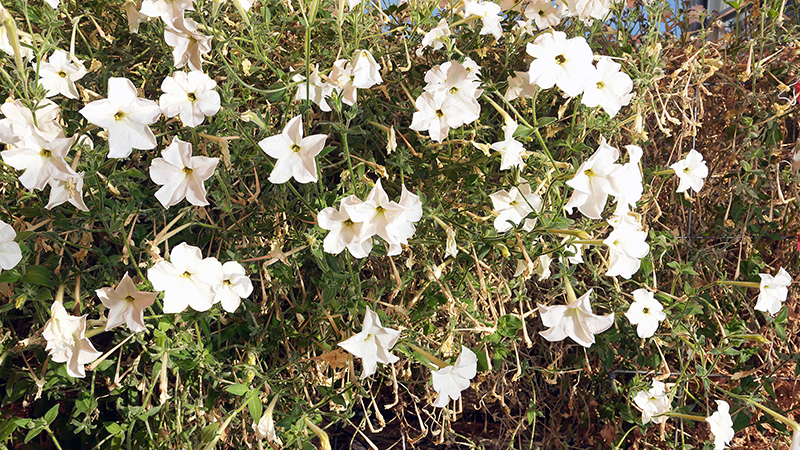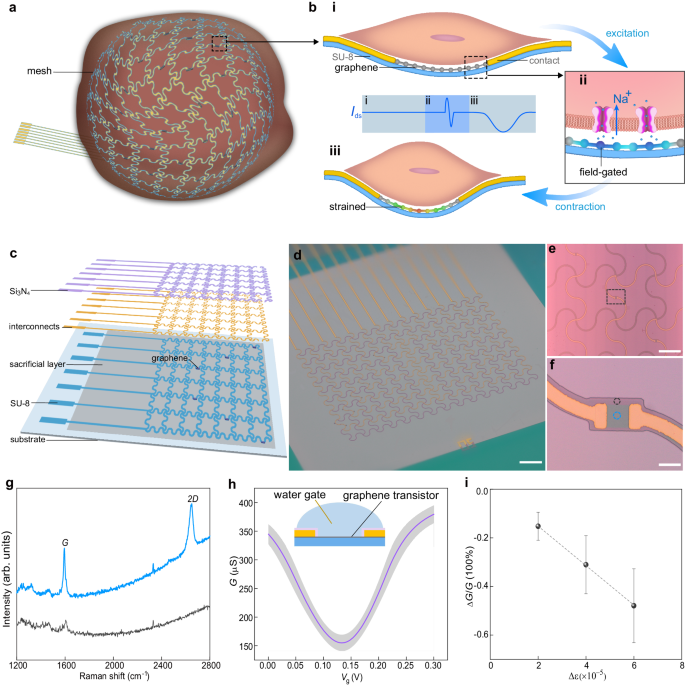2024-03-21 パデュー大学

A research team led by Purdue University scientists has documented new details about how petunias use volatile organic compounds to communicate. (Purdue Agricultural Communications photo/Tom Campbell)
<関連情報>
- https://www.purdue.edu/newsroom/releases/2024/Q1/decoding-the-plant-worlds-complex-biochemical-communication-networks.html
- https://www.science.org/doi/10.1126/science.adl4685
植物の揮発性コミュニケーションはKAI2を介したシグナル伝達経路に依存する Volatile communication in plants relies on a KAI2-mediated signaling pathway
SHANNON A. STIRLING , ANGELICA M. GUERCIO , RYAN M. PATRICK , XING-QI HUANG , […], AND NATALIA DUDAREVA
Science Published:21 Mar 2024
DOI:https://doi.org/10.1126/science.adl4685
Editor’s summary
Plant responses to chemical signals carried through the air are critical for development, fitness, and adaptation. Stirling et al. identified a mechanism for the perception of the volatile compound (-)-germacrene D through a homolog of the Karrikin receptor KAI2 in petunia pistils. Genetic and biochemical experiments linked this perception with downstream signaling proteins and transcriptional targets. Perturbing the function of some of these components affected volatile-mediated communication and plant fitness. —Ankit Walia
Abstract
Plants are constantly exposed to volatile organic compounds (VOCs) that are released during plant-plant communication, within-plant self-signaling, and plant-microbe interactions. Therefore, understanding VOC perception and downstream signaling is vital for unraveling the mechanisms behind information exchange in plants, which remain largely unexplored. Using the hormone-like function of volatile terpenoids in reproductive organ development as a system with a visual marker for communication, we demonstrate that a petunia karrikin-insensitive receptor, PhKAI2ia, stereospecifically perceives the (-)-germacrene D signal, triggering a KAI2-mediated signaling cascade and affecting plant fitness. This study uncovers the role(s) of the intermediate clade of KAI2 receptors, illuminates the involvement of a KAI2ia-dependent signaling pathway in volatile communication, and provides new insights into plant olfaction and the long-standing question about the nature of potential endogenous KAI2 ligand(s).


